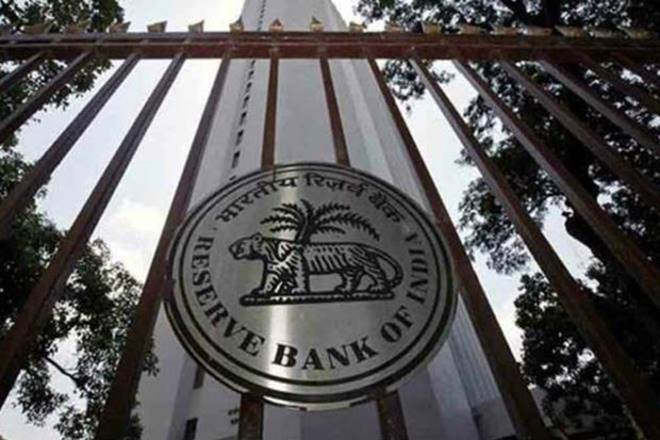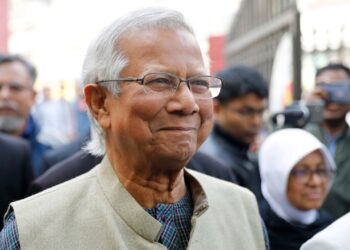RBI’s decision to keep the key interest rate unchanged, came unexpectedly when inflation figures persist at the upper resistance level of 6% for seven consecutive months now, on Friday.
As per the MPC’s notification, the repo rate, the standard interest rate at which RBI lends money to authorized commercial banks in the event they need short term reserves to meet regulatory or business requirements, will stay at 4%.
The reverse repo rate will also be maintained at 3.35% for the foreseeable future.
Markets reacted very positively to the news as Nifty 50 index was up 0.80% and the S&P BSE Sensex was up 0.80% at 44,993.92, beating the record. Rupee also increased to 73.52 against the US dollar.
:max_bytes(150000):strip_icc()/inflation_color2-216537dd3aeb4365b991b67790765e4f.png)
Repo rates and inflation
Repo rates and inflation are often inversely related, If the rate is raised, it brings down the persistent inflation and if the rate is reduced, inflation usually goes up.
This peripheral change seems to support growth over inflation, as Shaktikanta Das said the policy’s position was to be accommodative until FY21 in terms of liquidity, as the indicators of recovery are anything but strong.
Banks speculate interest rates will not further decrease for credit recipients as there are signs of low deposit growth and a return to credit growth.
MPC has given projections of inflation increase by one percent, while food inflation will remain stable, supply bottlenecks are expected to push the consumer price index inflation to 6.8% for the third quarter of FY21.

When the inflation rate increases above 2%, it is deemed to be a problem. The higher the inflation, the more extreme the problem. Hyperinflation will wash out the savings of people in serious situations and cause great uncertainty, e.g. 1920’s Germany.
This kind of hyperinflation is risky though in a modern economy. The government should invest in measures that are equipped to handle problems caused by sustained higher inflation and liquidity.
Also Read
Indian government fails to rescue economy from a dangerous recession
















